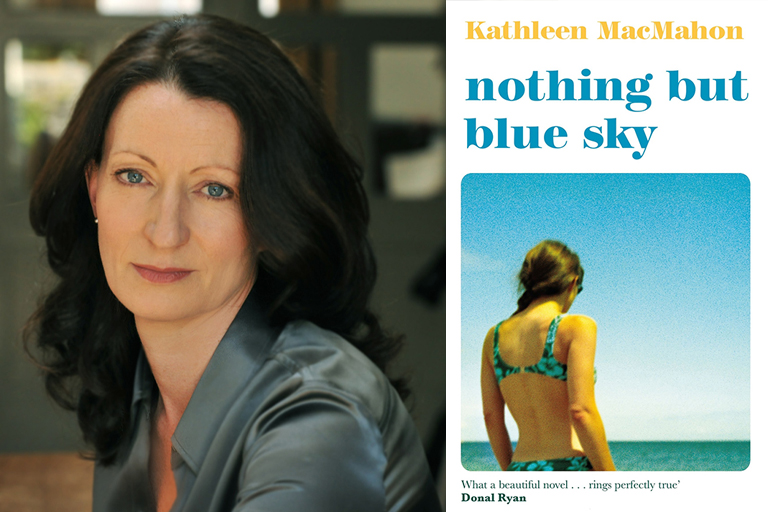Serena Arthur, Commissioning Editor at Footnote Press and Bonnier Books, offers her thoughts on what makes fiction commercial versus literary and reflects on her love for novels that sit somewhere between the two.
Before I started working in the publishing industry, I didn’t know about the sliding scale of categorisation from ‘commercial’ to ‘literary’ that books and their publishers are placed in. Often authors will ask my thoughts on where their book fits on this scale so that their work can be identified correctly and, to be fully honest, I don’t always know – because, to me, this scale is so subjective, with more and more of the books that I read sitting somewhere in the in-between.
Generally, modern classics like To Kill a Mockingbird or more experimental new novels are good examples of books that are widely considered on the upper end of the scale at literary, whilst the thrillers that you’d find sold at your local supermarket, such as the latest Richard Osman novel, would, in most assessments, be a good example for the commercial.
Mostly, how commercial something is roughly equates to how likely it is to make money due to the breadth of its readership and how accessible it is to a wider audience, with much more niche, experimental novels being literary; but then where do novels like Normal People or Yellowface, which are bestsellers and contain tropes but are still considered ‘literary’, fit in the scale?
Literary novels are sometimes thought of as books that are more character-driven than plot-driven, more original in concept and, to some, more of a labour of love from the author, but that isn’t always the case and to assume that parallel feels too simplistic. I love the commerciality of books as an editor who is publishing books to – hopefully – sell them, as well as have them connect to as many readers of all kinds as possible.
Debates often break out about whether certain genres with broader readerships, such as romance and fantasy, are looked down upon; but right now ‘romantasy’ – a genre that is a portmanteau made up of those two huge commercial genres – has been taking the market by storm. TikTok has boosted the works of authors in those genres, such as Colleen Hoover and Ali Hazelwood, which are read by the many over the few, into a new level of respect and praise.
My take is that all readers love a good, solid story and a good, solid story is what commercial fiction gives us – a plot that holds up (even if it’s familiar in places), writing that is extremely accessible and pacy and compelling characters that we’re invested in enough to keep reading about. Maybe it’s the result of being a hybrid reader, of having grown up watching TV and film that crossed all kinds of genre boundaries, or just that I didn’t read many literary classics until university – but even in more ‘upmarket’ and literary-leaning titles with stunning writing, I still love to see all of those more traditionally commercial elements in the list of fresh, new and diverse fiction l’m currently building.








